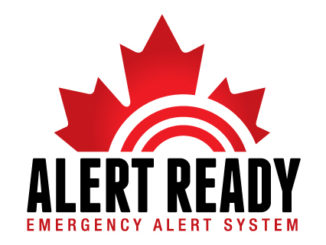
Today, the Canadian Radio-television and Telecommunications Commission (CRTC) directed all telephone and mobile wireless companies to update their networks in order to be ready to provide next-generation 9-1-1 (NG9-1-1) services.
NG9-1-1 services will provide Canadians with access to new and innovative emergency services and capabilities. These services are enabled by the prevalence of mobile devices and the evolution of telecommunications networks. The CRTC wants to ensure that Canada’s 9-1-1 system takes advantage of these technological advancements to improve public safety.
The provision of 9-1-1 services throughout Canada is complex and requires coordination between various parties, including telephone and mobile wireless companies, provincial, territorial, and municipal governments, emergency call centres and emergency responders such as fire, police and paramedics. The CRTC is also recommending that Public Safety Canada take a leadership role in establishing a national coordination body, including emergency call centres and emergency responders, to assist with the transition to NG9-1-1. All of these organizations have a role to play to ensure the safety of Canadians.
The incumbent telephone companies will be responsible for the construction, operation, and maintenance of the NG9-1-1 networks, with CRTC oversight. The networks must be ready to provide NG9-1-1 voice services by June 30, 2020 and NG9-1-1 text messaging services by December 31, 2020. These services will be made available to Canadians as their local 9-1-1 call centres are in a position to offer them.
Quotes
“The safety of Canadians is largely dependent on timely and efficient access to emergency services. As new capabilities become available, we must ensure that Canada’s emergency system adapts. Many stakeholders need to combine their efforts to provide Canadians with an innovative and effective NG9-1-1 system.
We are asking Public Safety Canada to take on a leadership role in order to ensure that the multiple players that have a role to play work together efficiently. We have done our part to get the ball rolling. Provincial, territorial and municipal governments need to work with their regional emergency call centres and plan ahead for this important transition.”
– Jean-Pierre Blais, CRTC Chairman and CEO.
Quick Facts
- The CRTC regulates the telephone and mobile wireless companies that carry 9-1-1 calls to emergency call centres. Call centres and the emergency responders that they dispatch, such as fire, police, and ambulance, are under the jurisdiction of municipalities, provinces and territories.
- With NG9-1-1 services, Canadians could eventually stream video from an emergency incident, send photos of accident damage or a fleeing suspect, and send personal medical information, including accessibility needs, which could greatly aid emergency responders.
- The evolution to NG9-1-1 is expected to occur gradually over a number of years.
- It will start with the CRTC and telephone companies collaborating to prepare the networks so that they are capable of carrying NG9-1-1 traffic to the emergency call centres.
- The next step will be for provincial, territorial and municipal governments to work with their emergency call centres to get their operations ready for NG9-1-1 services.
- Text with 9-1-1 is already widely available to Canadians who are Deaf, hard of hearing or speech impaired throughout Canada.
- Text with 9-1-1 is not yet available to the general public. Text messages sent by the general public to “911” do not reach emergency services.
Photo from: www.cbsnews.com




Leave a Reply